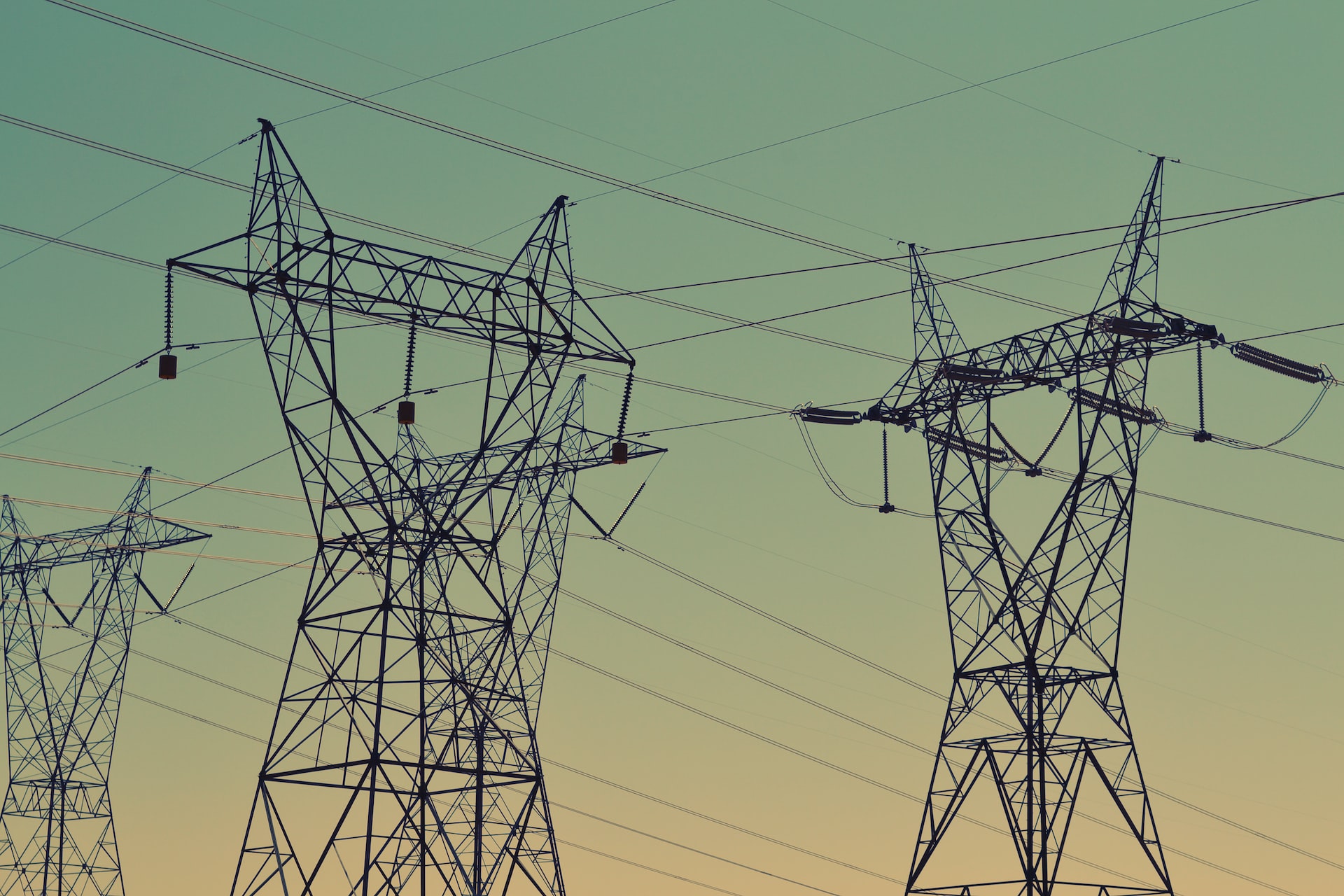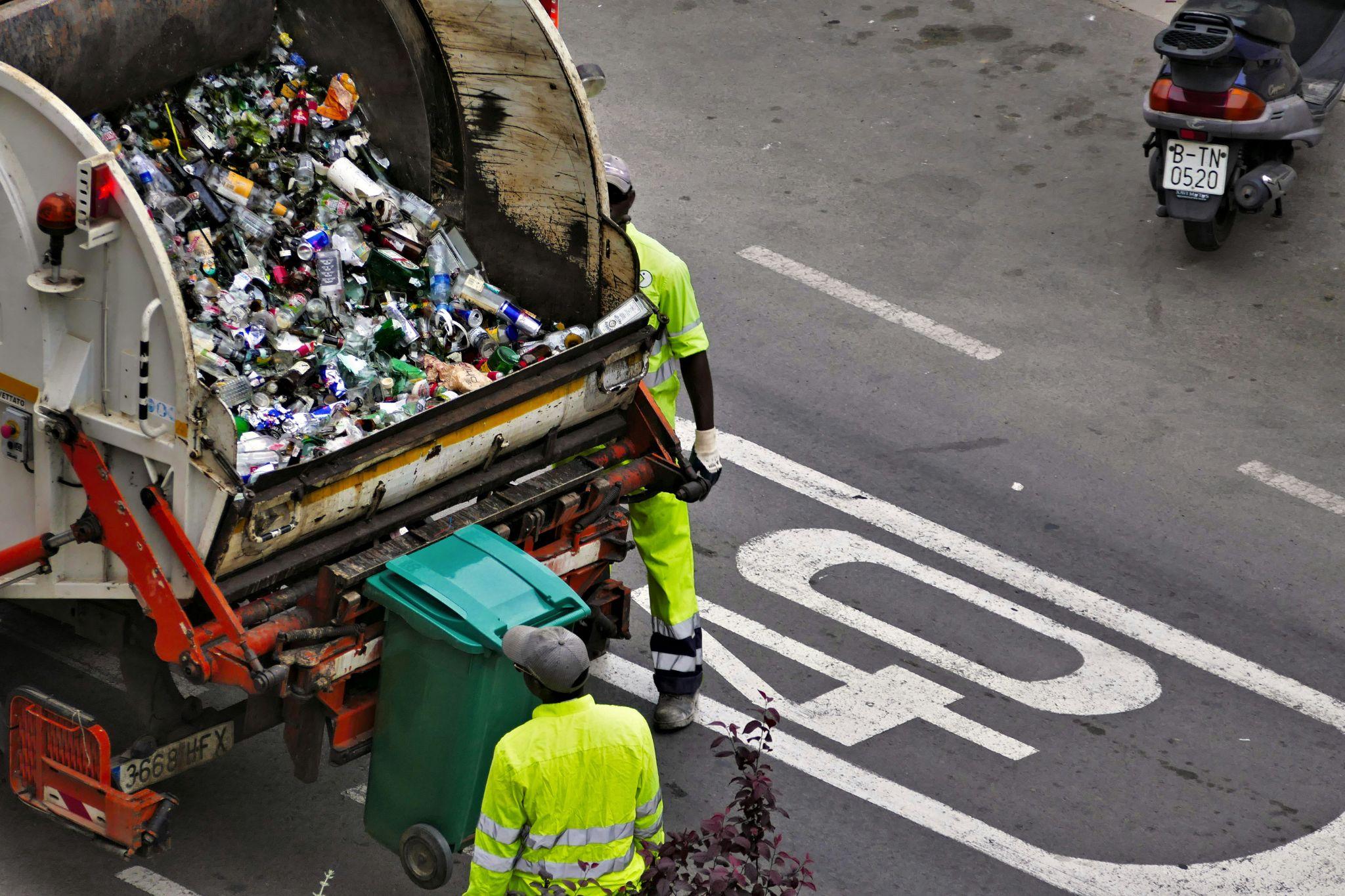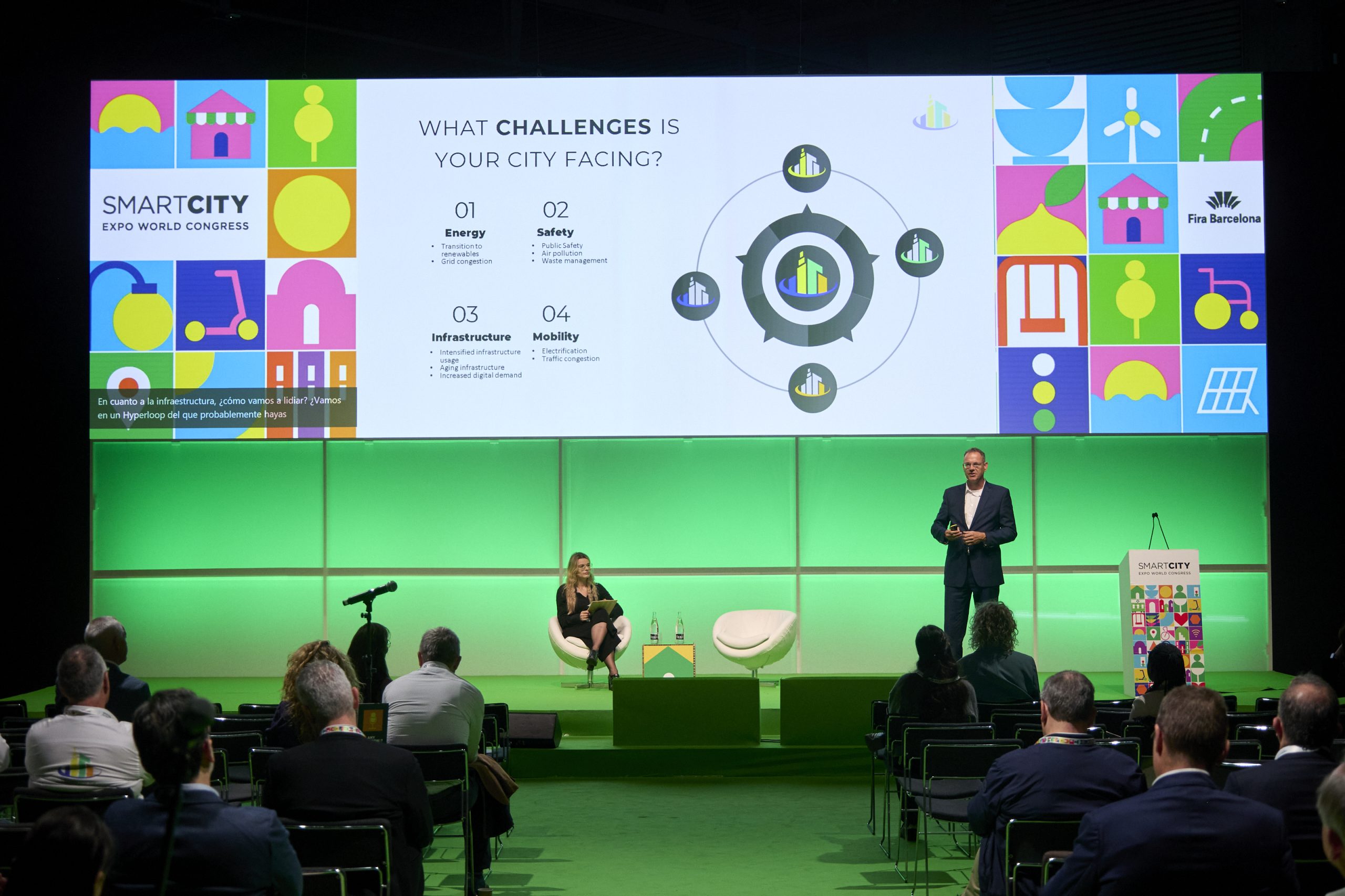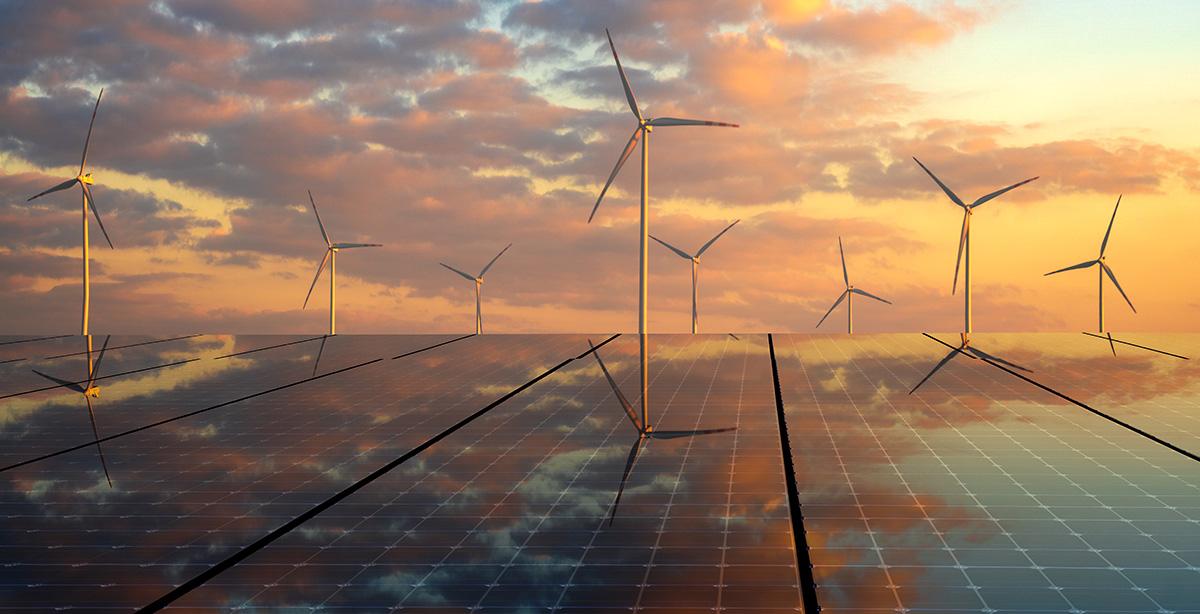Author | Raquel C. Pico
To meet global warming targets recommended by agencies like the IPCC, decarbonizing the planet is essential. The first step is to reduce carbon emissions while also addressing historical emissions already released. This has led to the emergence of energy solutions offering alternative green sources, as well as tools to manage already-released emissions. This is where Direct Air Capture (DAC) comes into play.
Some countries have already incorporated DAC into decarbonization plans, driving legislative changes and economic incentives. The energy sector itself recognizes its potential, which has remained steady over the past decade.
A few years ago, a sector CEO described it as “the greatest opportunity” in two decades of capital investment, as noted by The New York Times. Now, despite recent geopolitical shifts, the industry maintains this view, as confirmed by an analysis in The Verge.
The previous U.S. administration incentivized DAC in its decarbonization plans, and it seems unlikely to change under the new one. Analysts consulted indicate it remains a business opportunity.
In 2022, 18 direct air capture plants were recorded globally across Europe, Canada, and the U.S. A paper by the EFI Foundation increased that number to 27 in 2024. The energy solutions industry connected to DAC now includes 180 companies, with estimates indicating that 90% of the sector’s growth has occurred in the past five years.
What DAC refers to
The concept of air carbon capture is not entirely new. In fact, it is not a concept that began with the decarbonization process; rather, it is a fundamental part of natural processes. The planet has large natural carbon sinks, such as oceans and forests.
The current proposal is to capture carbon dioxide from the air using specialized infrastructure. Supporters of these technologies argue that capturing carbon dioxide is crucial not only to meet decarbonization targets but also to mitigate the impact of the high levels of CO2 in the atmosphere amidst the climate emergency. In other words, it would be an investment for the future, while also addressing one of today’s most pressing issues.
How direct air capture works
Direct air capture is one of the methods for removing CO2 from the atmosphere. Post-combustion capture is another method, primarily employed in high-emission industries. This technique prevents that dioxide from being released into the atmosphere.
A simple explanation of direct air capture could be the creation of a filter that purifies the air. Air passes through the filter, where carbon is separated using either liquid or solid absorbents. In theory, DAC can be implemented anywhere. However, these infrastructures are more efficient when located in areas with high concentrations of emissions. Perhaps this is why Direct Air Capture could be defined as one of the emerging technologies for smart cities.
Carbon dioxide capture facilities enable CO2 to be reused in various applications. The potential uses are extremely varied, ranging from the carbonation of drinks to the manufacture of fertilizers. It can even be used in the energy industry. When it is not reused, “carbon sequestration” is employed. The captured CO2 is stored underground to prevent its re-release into the atmosphere. However, this process is not straightforward, as it requires specific rock formations for carbon storage, which are not always available, along with a minimum depth.
Direct air capture figures

The EFI Foundation estimates that the current carbon capture capacity of Direct Air Capture (DAC) is around 15 million tons per year. Two-thirds of this capacity is produced in the United States, where direct air capture infrastructure removes 10 million tons of CO2 annually.
In general, operational plants in both the U.S. and globally operate on a small scale, capturing less than 1,000 tons annually. Only five plants have managed to exceed this figure: three in the United States and two in Iceland. One of these is the Mammoth plant, which holds the world’s largest capacity.
The challenge of energy usage
This size is likely explained by one of the major challenges of these infrastructures. Direct air capture facilities have a high energy cost. Some estimates suggest that, on average, capturing each ton of CO2 requires between 5 and 10 gigajoules of energy. Because the absorbents used must be heated to high temperatures to function, the process demands a significant amount of energy.
Efforts are underway to meet these energy demands with alternative and renewable sources. However, in some areas, the availability of renewable energy may be insufficient to support DAC plants at the scale needed for greater decarbonization. Some propose using fossil fuels to power these plants, but this would prevent them from being considered green infrastructures, as they would not rely on clean energy. This would also create a paradox, where a decarbonization solution relies on an energy source that significantly contributes to carbon emissions.
The problems with DAC
Energy costs are not the only challenge facing direct air capture facilities. Their efficiency is also in question, as CO2 is more diluted in the atmosphere than at emission points (where post-combustion capture is applied), requiring greater effort to extract it. One key question is whether it is better to invest in this process in decarbonization or address the root cause of emissions directly.
Furthermore, the economic costs are significant. This technology is costly, with an estimated cost ranging from $250 to $600 per ton of CO2 extracted. Although costs are expected to decline in the coming years, other decarbonization alternatives, such as reforestation to create natural carbon sinks, remain more affordable. What can help DAC is the commitment of major companies, such as Amazon and Microsoft, to pay for the extraction of specific quantities of carbon.
These challenges are not the only ones highlighted by critics. Environmental organizations also argue that focusing on carbon dioxide capture could divert attention from the original goal, which is to reduce emissions.
Images | Marek Piwnicki, Marcin Jozwiak






















































